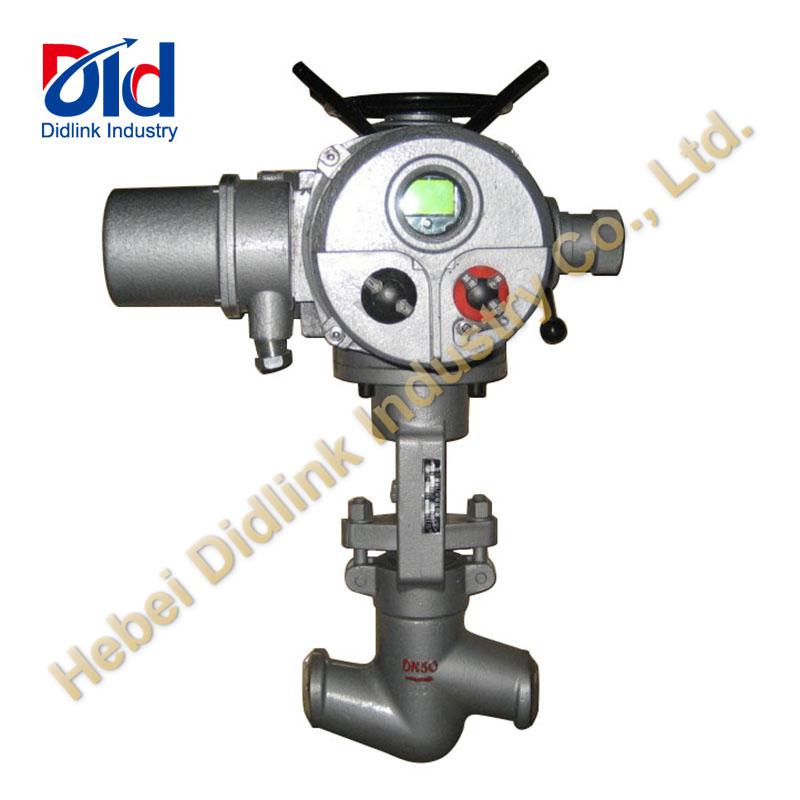Electric valve overload protection

Electric valve is one of the devices used to operate and connect to a valve.The device is electrically driven and its motion can be controlled by the stroke, torque or axial thrust.Due to the valve electric device due to the working characteristics and utilization depends on the type of valve, the device's work specification and the valve in the pipeline or equipment position.Therefore, to master the correct choice of valve electric device;It is important to consider how to prevent overload (work torque higher than control torque).
In the past, the way to protect the motor is to use fuse, over-current relay, thermal relay, thermostat, etc., but these methods also have their own advantages and disadvantages, for the electric device such as variable load equipment, there is no absolutely reliable protection method.Therefore, a combination of methods must be adopted.However, due to the different load conditions of each electric device, it is difficult to propose a unified approach.But in many cases, it is possible to find common ground.
The overload protection methods adopted can be summarized into two types
1.Judge the increase or decrease of the motor input current;
2.Judge the heat of the motor itself.
The above two ways, either one should consider the motor heat capacity given time allowance.It is difficult to make it consistent with the heat capacity characteristics of the motor in a single way.Therefore, we should choose the method that can act reliably according to the reason of overloading -- combination and composite mode, so as to realize the overall overloading protection.
Basic protection against overloading
1.The thermostat is used for the over-load protection of motor continuous operation or spot operation.
2.Thermal relay is used to protect the motor from blocking.
3.Use fuse or overcurrent relay for short circuit accident.
The correct choice of valve electric device and overload prevention is closely related, should cause attention.

 JACKY
JACKY